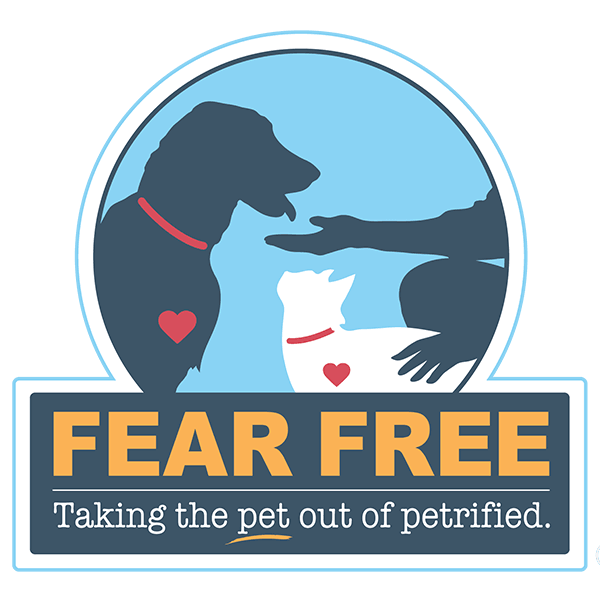One of the hardest questions a pet owner will ever face is: “How will I know when it’s time?”
Saying goodbye is never easy, but knowing the signs that your animal companion is no longer experiencing comfort, joy, or dignity can help you make a compassionate decision for euthanasia. At Hamilton‑Niagara Veterinary Mobile Euthanasia Services, we understand how emotionally overwhelming this time can be, and we’re here to offer guidance for pet owners.
Signs Your Pet May Be Suffering
Every pet is different, and there’s no single “right” time that fits every situation. But when medical care can no longer maintain your pet’s comfort or their favourite activities no longer bring joy, it may be time to gently evaluate their quality of life. Here are some things that you should consider as signs that it may be time to consider euthanasia:
Sign #1: Persistent Pain That Can’t Be Managed. Even with medication, some pets begin to show signs of unrelenting pain: limping, trembling, vocalizing, or avoiding touch. When comfort becomes out of reach, it’s a signal that your pet’s body is no longer coping well.
Sign #2: Difficulty Eating or Drinking. If your pet has stopped eating for several days, avoids water, or can no longer keep food down, it may be a passing issue that can be treated by a vet. However, if compounded with other issues, a refusal to eat can indicate internal discomfort or decline.
Sign #3: Loss of Mobility. Struggling to stand, walk, or move around independently can cause physical and emotional distress for your pet. Cats and dogs that can no longer move to relieve themselves or access food, water, or their bed may feel trapped or frustrated.
Sign #4: Incontinence and Hygiene Challenges. If your pet is soiling themselves regularly and unable to clean or reposition, they may begin to experience stress, skin issues, or confusion.
Sign #5: Changes in Behaviour or Personality. Sudden aggression, withdrawal, confusion, or a complete lack of interest in previously loved activities, especially in older pets, can indicate cognitive decline or deep discomfort.
Sign #6: More Bad Days Than Good. Keep a simple journal or calendar to track your pet’s good and bad days. When the bad begins to significantly outweigh the good, it may be time to begin considering next steps.
Try a Veterinary Quality-of-Life Scale
Many veterinarians in end-of-life discussions use tools like the HHHHHMM Scale (Hurt, Hunger, Hydration, Hygiene, Happiness, Mobility, More Good Days Than Bad) to assess your pet’s day-to-day experience. Pet owners can consider each category and rate their pet from 0-10, with 0 being very bad and 10 being very good. A 35+ score means a pet may be able to manage by carrying on with pet hospice. A lower score generally means euthanasia could be the kindest option.
This scale is not a decision-making formula, but using it can provide clarity when emotions are high.
You Don’t Have to Decide Alone
You don’t need to navigate this decision without support. Talk to your veterinarian about a consultation to evaluate your pet’s condition and discuss options without pressure. Sometimes that means more time, more pain management, or more cuddles. Other times, it means gently guiding your furry companion to rest with euthanasia.
Compassionate End-of-Life Care with Hamilton-Niagara Veterinary Mobile Euthanasia Services in Ontario
Letting go is one of the bravest and most selfless acts of love a pet owner can make. When your pet’s days are filled with struggle rather than joy, choosing a peaceful goodbye, especially in the comfort of home, can be the final gift you give. Hamilton‑Niagara Veterinary Mobile Euthanasia Services brings euthanasia and cremation services to pets in Hamilton, St. Catharines, Dundas, Niagara, and neighboring communities. Contact us to schedule a visit.





